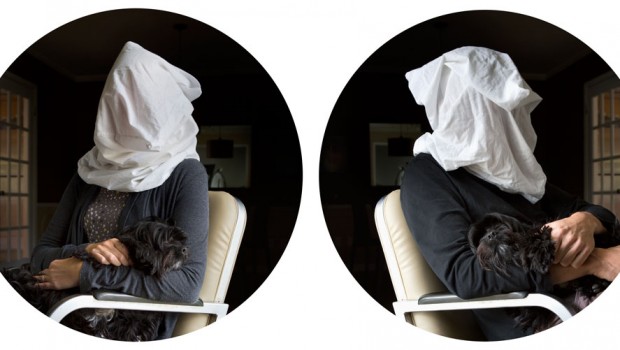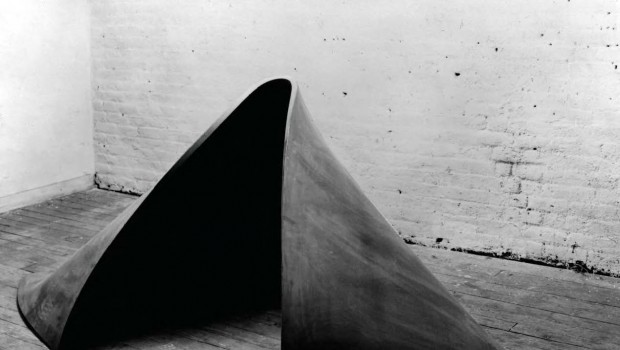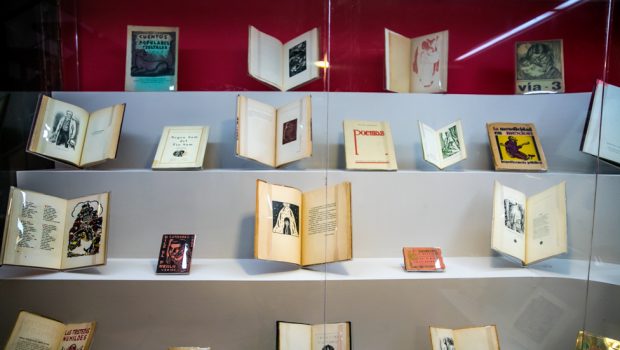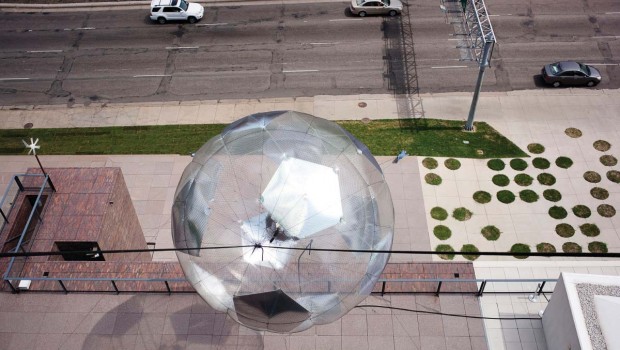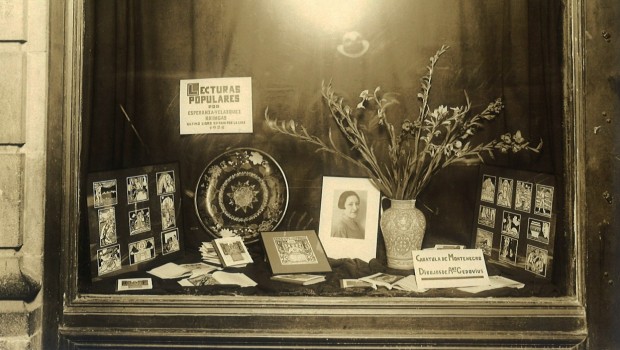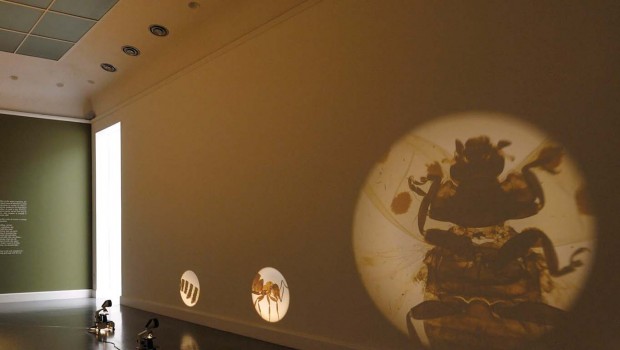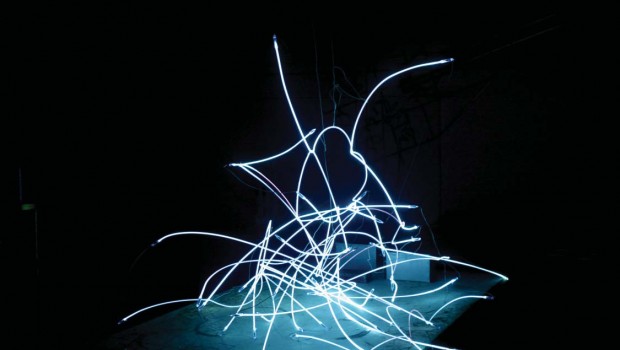Suburban Fluxus, Hillerbrand+Magsamen
Lorís Simón Salum
Hillerbarnd-web Images Courtesy of Drake Gallery
Hillerbrand+Magsamen are a collaborative husband and wife visual art- ist team made up of Stephan Hillerbrand and Mary Magsamen. Based in Houston, Texas their work draws upon the rich Fluxus practice of incorporating humor, performance, video art and everyday objects. Ex- panding their personal family life into a contemporary art conversation about family dynamics, suburban life and American consumer excess which they call “suburban fluxus” (Galveston Art Center).
Rose Mary Salum: Family is an excuse to explore an entire universe. Lorís was saying that your work feels like poetry, because you put the light into a spot that shows life itself.
Stephan: That’s beautiful. That’s somebody else trying to describe what we have been doing and thinking for so many years. We have been working with our family for six years now. With our two children. Our son, Emmitt, who is seven, and our daughter Madeleine, who is now eleven. The moment that we really started working as a family and realizing how important it was, was when we heard a quote by G.K. Chesterton, who said, “The most extraordinary thing in the world is an ordinary man and an ordinary woman and their ordinary children.” Ever since we read that quote, we have been thinking about it. As you said, focusing a light on how special a family is and getting together. You’re overwhelmed by your day-to-day life, and you feel sort of heavy. You feel, “I’m not that special,” but it is actually very special and grand to get up, to pick up the kids from school, to pay the bills and to stay in this relationship. That’s actually very, very special. It’s extraordinary.
RMS: This is not the first time that you have used family as your subject.
Mary: Before we started to work collaboratively, we had been doing autobiographical work about our everyday life. It’s been a nice way to have the kids as part of our studio practice and look more at the idea of the everyday, what family means, our identity as a middle-class family, how we explore that and what it means to us. We wanted to do it in a way that was still accessible to other people, too. We didn’t want the work to be so personal that other people couldn’t understand what we were talking about. That’s what we’ve been interested in for the past several years of our previous work and the most recent one as well: looking at each other, looking at our lives and thinking about how we fit into our world.
Stephan: You said it. I think it’s not autobiographical. Meaning, I don’t think people really know about it when they first look at it. They don’ t know any better who Mary, Stephan, Emmitt and Madeleine are. But everybody will look at the work and say, “Oh my goodness, those are the pajamas that I have,” “Those are the toys that I have,” “Oh, I know exactly how you feel when your dog does this.” It’s very familial, and familiar.
Mary: We did a video where we cut holes into our house, and I think everybody can understand that desire of smashing a hole in your wall. I think there’s a connection there with understanding the struggle of everyday life. Having the courage to keep going, to get up another day, make lunches another day, go to work another day. That every-dayness, because it’s everyday, can also be very special.
RMS: At the same time, you also have the ability to incorporate traditional masters. It reminds me of the European tradition of painting, where they were playing with light and contrast.
Stephan: That’s very important, because there are a couple of strategies that we are always very aware of and that we always use in our work. One of them is humor. We want people to laugh for a moment. Another one, as you mentioned, is a formal quality of referencing paintings and historical works. There is a very rich, liquidy light that is present. And in any of these things that include a formal quality of light, humor, or a joke in the content, then the person enters into the work a little differently. It legitimizes it. Then they say, “Oh my goodness, this is just about two people,” or, “This is about a family.” If you look at Rembrandt or at that Dutch period, it’s fascinating because paintings were traditionally done for millions of dollars and just for the nobility, and all of a sudden, anybody could purchase them. All of a sudden they were doing frivolous things like painting bowls of fruit, but making those bowls of fruit so special and so unique.
Mary: We have also referenced other artists, too. We coined this term, “suburban fluxus.” That is, taking everyday things into our home and using them in a very fluxus style. We made previous work where we made a piece that was a direct reference to Joseph Beuy’s suits, suits that he made out of felt. Out of blankets we had, we made a suit and a dress and clothes for the kids. We reference people like that. When we did the first floor piece that was like one of the mandala photographs, we called it To Richard Long. So we’ve had an interest in historical art connections with the work.
RMS: Could you also talk about the metaphor of the sheets and the mandalas?
Stephan: In the work Covered, we were thinking about a couple of things all at once. Predominately though, people would always ask us, “What are you going to do when the children aren’t there anymore?” “They’re going to leave, will you remember you, or will you remember them?” We started thinking very formally about this idea: once our faces are not in the picture, once we are not there, how are they going to remember us? So, we took this metaphor of the sheet and explored it to see if we could formally do striking and emotionally impactful pictures about us: but we are not there. That’s when we took the sheets and covered ourselves. The first thing that came into our mind was, “Let’s cover our faces; let’s not be in the pictures.”
Mary: But the sheets also have this reference to shrouds and to covering furniture that’s not being used. At the same time, Stephan’s mom passed away and so, that idea of how can you remember someone who’s passed? Sometimes you can’t remember someone’s face, but you might remember a scent, or you might remember that they liked a specific food. You have different memories connected, so we used the sheet to remove our faces. We also wanted to talk about how memories are connected.
Stephan: The sheet is a prop. Our work is very performative. Some- body asked us a couple a days ago how this whole process works inside our home. I think both of us answered, “We just take a look around our house and see what’s there. We don’t go out and find an art object and bring it back.” So this idea of looking down and asking, what can we do? There’s the laundry basket and the sheet. We pulled the sheet and started working.
Mary: We tried different kind of sheets, too. We liked the simplicity of a plain white sheet. We looked around and tried so many different things.
RMS: The mandala can reorder the house…
Mary: Yes, mandalas are meant to bring back order and spiritual healing into our house. By using all these old toys and excessive plastic things that are cluttering the house…
Stephan: They appear in your drawer and then in the washing machine and on the floor. You find them in the couch and in the bathroom. With children, you have these plastic things everywhere. We throw them away and they seem to reappear. If we are going to slow down, take a breath and be more meditative, how can we do that with the stuff that is in our house? We looked to these kids’ plastic toys and made mandalas in the same ways the Buddhists would make a mandala out of the sand.
Covering: Kiss, 2014. Digital Pigment Print Lorís Simón: Did you throw them into the river afterwards?
Stephan: I’m afraid not. Mary: It went back into a bin! Stephan: We had to release them in a different way…
Lorís Simón: You know, hearing you talk about crop circles earlier, I recently read this book called Crop Circles, Jung & The Emergence of the Archetypal Feminine by Gary S. Bobroff. He was talking about how they were a good metaphor for how we, as a society, are very resistant towards the unknown. He didn’t focus so much on where the crop circles came from, but rather our different reactions towards them, depending on the era. The more scientifically inclined the culture, the more we would tend to believe they were hoaxes. The more spiritu- ally inclined, the more the tendencies to believe they were an act of angels or the devil. I don’t know if it’s connected in any way, but the fact that crop circles speak more of the spectator than of the actual phenomenon, reminded me of your work.
Stephan: You know what it is? It’s a mirror. A mirror, as you said, for ourselves. I think that’s very true. The first time that we did it was in the show at Fort Worth at a gallery called Brian Tanning. We made it as an installation rather than a photograph. Absolutely amazing, how people reacted. It was nothing new, but it was placed in a new way. That just surprised them. They reacted. It was a mirror. That is part of it; I think it is. These are things that we just dismiss as not ordinary. The moment we put them in this crop-circle-mandala kind of setting, all of a sudden you think, “That’s beautiful!” “That reminds me of my childhood…”
Mary: And children have a very different reaction to the work than adults do. They want to touch everything and pick it up. Parents are like, “Don’t touch it!” The kids like to identify with very specific things. It’s interesting the ways kids react to it, too, thinking about mirroring and how people approach and react to it.
RMS: Are there any plans for the future? What are some of the upcoming projects you have in mind?
Stephan: We were so excited. We are commissioned by the IAH Bush Intercontinental Airport. We are doing a video installation. What we are going to be doing is building a spaceship in our backyard out of all the material in our house.
Mary: It’s very DIY.
Stephan: Houston Art Car Parade, or The Orange Show, or Crazy Backyard Wrestling. We’re going to just build it out of blenders and coffee makers, big wheels and couches. We’re going to try to launch into space, but of course it will not work. That’s the wonderful mirror, as you said, we have this American can-do, we’re going to space: but we won’t. We’ll see what the reaction is. We’re very excited.
Mary: Yes, we’re going to start shooting it soon…
Stephan: But we’ve been getting into the preparation for it. We’ve been making space suits and testing them by walking around our house.
Mary: We worked with a designer to make logos, too. She was great. She made these very NASA-esque logos for us that say Hillerbrand and Magsamen. The project is called Higher Ground. It’s this idea that Houston was built to get to higher ground from Galveston. We wanted to have this Houston space reference, too. We’ve been taking the identifiers of NASA and incorporating them into us being a family, to go with that family theme. So that’s what we’re working on now.
Images:
Covering Remembering Him, 2014, Digital Pigment & Covering Remembering Him, 2014, Digital Pigment
Covering Kiss, 2014, Digital Pigment
 Lorís Simón Salum is a psychotherapist in private practice in Houston, TX. She is the author of Ensoulment: Exploring the Feminine Principle in Western Culture (2016), as well as the film director of the multi award-winning documentary Ensoulment: A Diverse Analysis of the Feminine in Western Culture (2013). She was the Creative Director for Literal Magazine for over 10 years. Some of her projects included Literally Short Film Festival, Literal’s short international film festival, and Literally Everything, Literal’s podcast. You can find her at www.lorissimon.com.
Lorís Simón Salum is a psychotherapist in private practice in Houston, TX. She is the author of Ensoulment: Exploring the Feminine Principle in Western Culture (2016), as well as the film director of the multi award-winning documentary Ensoulment: A Diverse Analysis of the Feminine in Western Culture (2013). She was the Creative Director for Literal Magazine for over 10 years. Some of her projects included Literally Short Film Festival, Literal’s short international film festival, and Literally Everything, Literal’s podcast. You can find her at www.lorissimon.com.
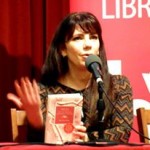 Rose Mary Salum is the Founder and Director of Literal, Latin American Voices. She´s the author of Delta de las arenas, cuentos árabes, cuentos judíos (Literal Publishing, 2013) among other titles.
Rose Mary Salum is the Founder and Director of Literal, Latin American Voices. She´s the author of Delta de las arenas, cuentos árabes, cuentos judíos (Literal Publishing, 2013) among other titles.
Posted: May 26, 2014 at 10:53 pm


